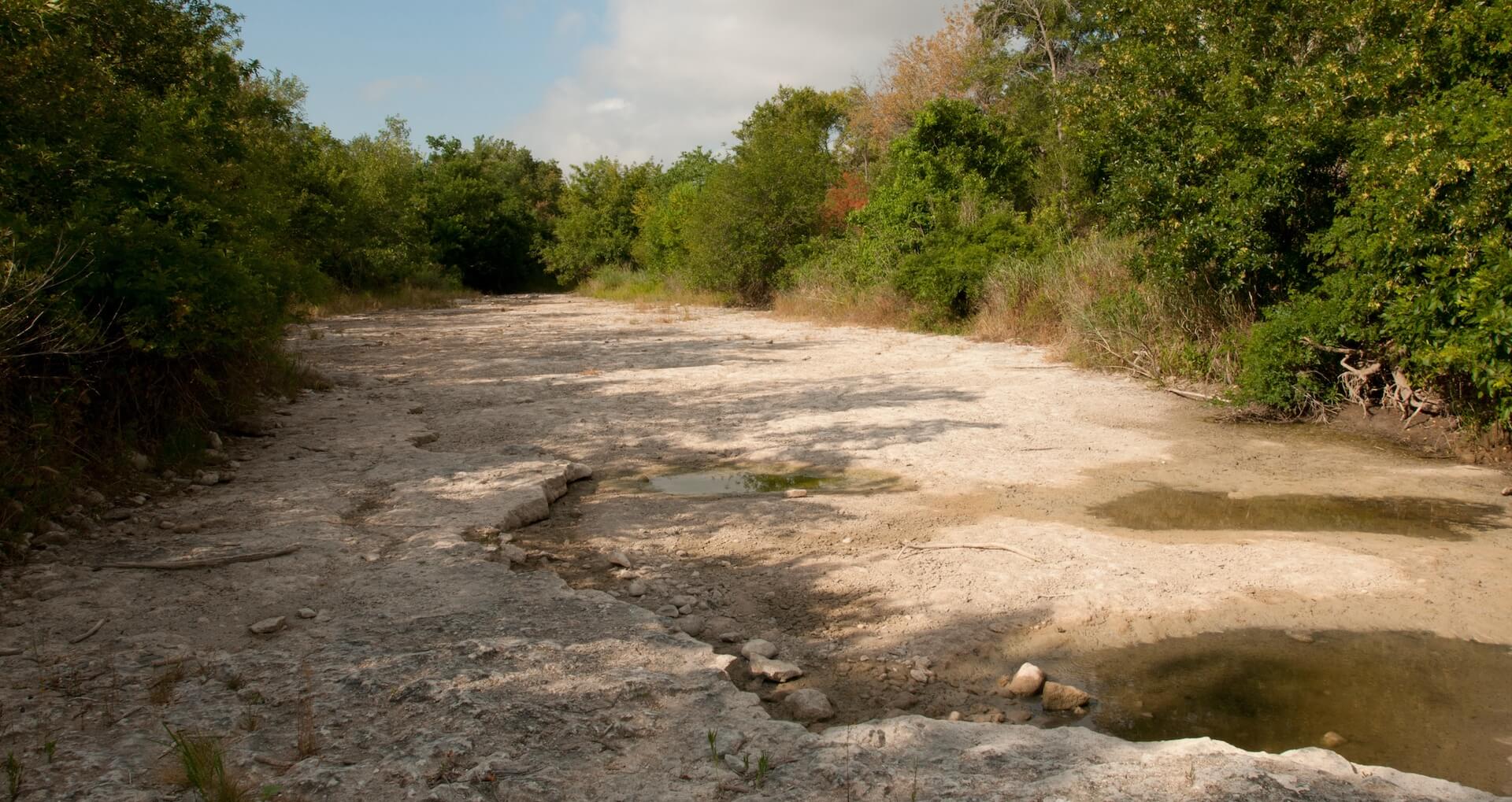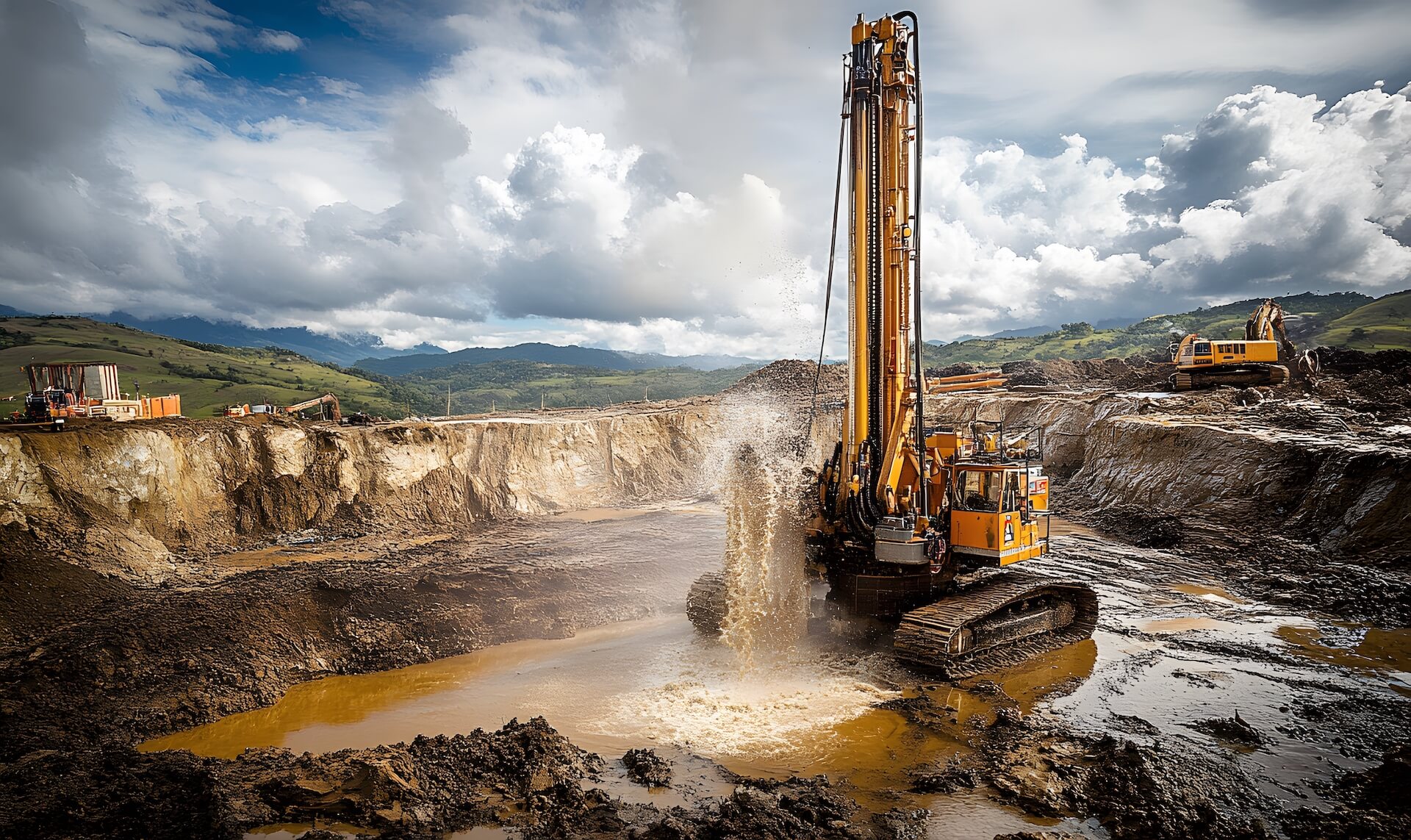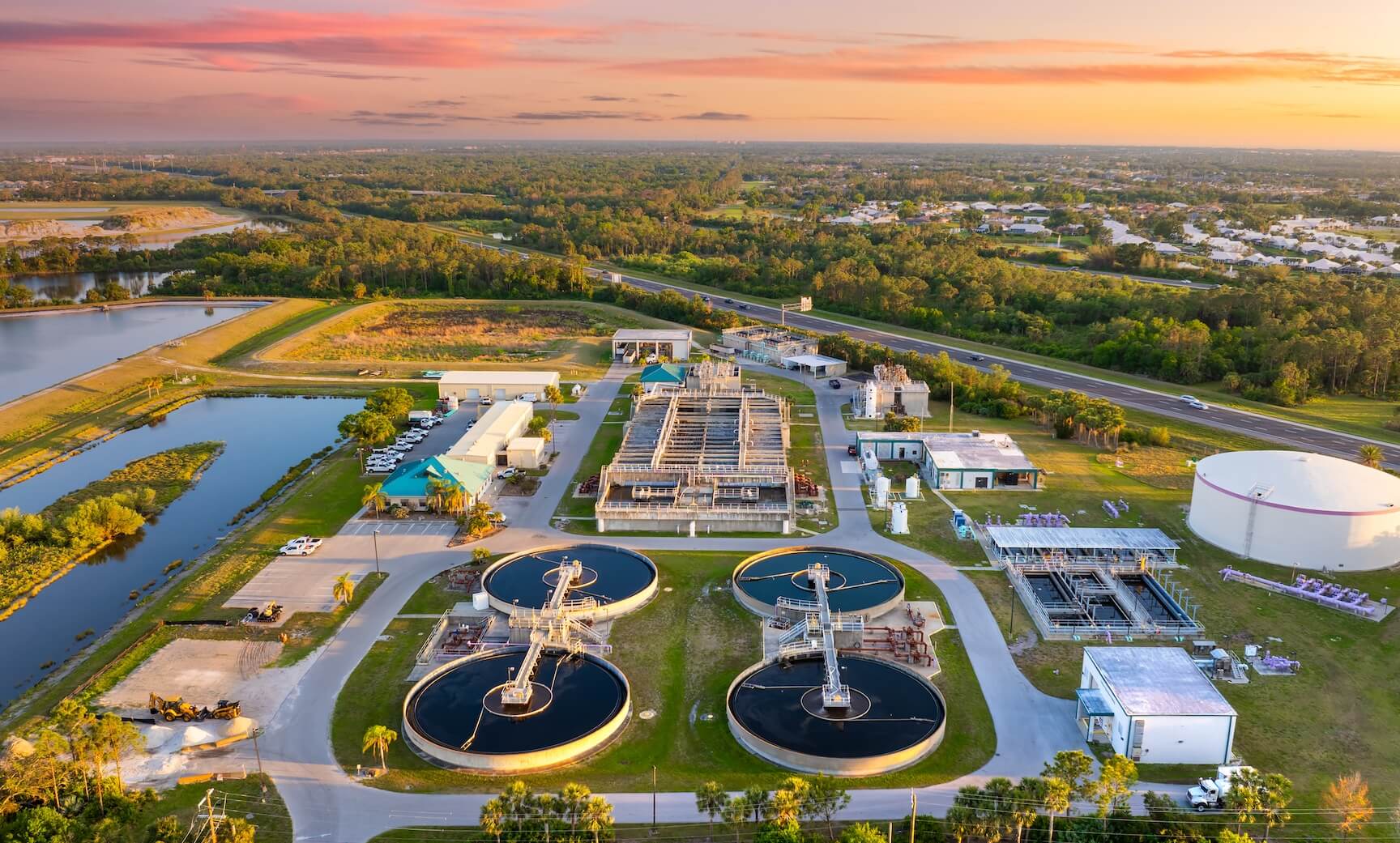Water Rights and Real Estate: The Hidden Factor in Texas Land Values

While most investors focus on location, zoning, and transportation access, a critical factor often flies under the radar in Texas land valuation: water rights. As the state's population surges and climate patterns shift, water availability has become a silent driver of property values that sophisticated investors ignore at their peril.
The Texas Water Reality
Texas faces a complex water challenge that directly impacts real estate development and investment returns:
Supply Constraints
Despite its size, Texas has limited renewable water resources relative to its population and economic growth. Major aquifers are declining, and surface water rights are fully allocated in many basins.
Demand Growth
Population increases of 400,000+ annually, plus expanding industrial and agricultural operations, are straining existing water infrastructure across multiple regions.
Climate Variability
Recurring drought cycles, combined with more extreme weather events, create uncertainty around long-term water availability and costs.
Regulatory Evolution
Water rights laws continue evolving, with increasing scrutiny on groundwater use and more stringent conservation requirements affecting development feasibility.
Understanding Texas Water Rights
Texas operates under a complex dual system of water rights that directly impacts property development:
Surface Water Rights
Governed by prior appropriation ("first in time, first in right"), surface water rights are separate from land ownership and must be acquired independently. These rights are often fully allocated in major river basins.
Groundwater Rights
Following the "rule of capture," landowners generally have rights to groundwater beneath their property, though this is increasingly regulated by local groundwater conservation districts.
Municipal Water Rights
Cities and utilities hold significant water rights that influence where and how development can occur, often determining feasibility for large-scale projects.
The development implications are profound: Land with secure water rights commands premium values, while properties dependent on uncertain water sources face development constraints and financing challenges.

Regional Water Impact Variations
Water considerations vary dramatically across Texas markets:
Central Texas
Austin and San Antonio regions face significant groundwater depletion in the Edwards Aquifer system. Development restrictions and impact fees tied to water consumption directly affect project economics.
North Texas
Dallas-Fort Worth relies heavily on surface water reservoirs and long-distance water importation. Future development patterns increasingly align with water utility service areas and capacity.
Houston Metro
Harris County's subsidence issues from historical groundwater pumping create ongoing development challenges, while coastal areas face saltwater intrusion concerns.
West Texas
Oil and gas operations compete with agriculture and municipalities for limited water resources, creating complex rights valuations and usage priorities.
South Texas
Border region growth strains existing water infrastructure, with international agreements affecting long-term water availability for development.
Development Impact Factors
Water rights and availability influence multiple aspects of development economics:
Feasibility Analysis
Projects requiring significant water consumption must demonstrate long-term supply availability to secure financing and regulatory approvals.
Infrastructure Costs
Areas without existing water infrastructure face substantially higher development costs for wells, treatment facilities, and distribution systems.
Regulatory Approvals
Environmental permits increasingly scrutinize water usage impacts, potentially extending approval timelines and adding compliance costs.
Long-term Value
Properties with secure water rights maintain development flexibility, while those dependent on uncertain sources may face future constraints.
Investment Strategy Implications
Smart investors increasingly factor water considerations into land acquisition and development decisions:
Due Diligence Enhancement
We now routinely assess water rights, utility capacity, and regulatory constraints alongside traditional feasibility analysis.
Site Selection Criteria
Water availability has become a primary filter for evaluating development opportunities, particularly for water-intensive uses.
Entitlement Strategy
Understanding local water policies helps optimize entitlement approaches and identify potential regulatory challenges early.
Partnership Opportunities
Projects with complex water requirements often benefit from partnerships with utilities or water rights holders.
Market Opportunities
Water considerations create both challenges and opportunities:
Value-Add Plays
Properties with water challenges may be available at discounts for investors willing to solve infrastructure or rights issues.
Development Arbitrage
Areas with available water capacity may outperform markets facing supply constraints.
Infrastructure Investment
Water infrastructure improvements can unlock significant land value, creating partnership opportunities with utilities and municipalities.
Conservation Technology
Properties incorporating water conservation and reuse systems may qualify for incentives while reducing operating costs.

Case Studies in Water Value
Recent transactions illustrate water rights' impact on Texas land values:
Edwards Aquifer Region
Land parcels with established groundwater rights command 25-40% premiums over similar properties without water access.
Municipal Service Areas
Development sites within existing utility service boundaries consistently outperform those requiring infrastructure extensions.
Agricultural Conversion
Farm and ranch properties with senior water rights often see highest and best use shifts to development, capturing substantial value premiums.
Technology and Innovation
Emerging technologies are reshaping water availability and costs:
Desalination Advances
Coastal desalination projects may alter water availability dynamics in certain markets.
Recycled Water Systems
Advanced treatment technologies make recycled water increasingly viable for development projects.
Smart Water Management
IoT systems and predictive analytics help optimize water usage and reduce consumption in new developments.
Brackish Water Treatment
Improving technology makes previously unusable water sources viable for development.
Regulatory Trends
Water-related regulations continue evolving:
Conservation Requirements
Mandatory conservation measures and efficiency standards are becoming more stringent across Texas markets.
Impact Fee Increases
Municipalities are raising water-related impact fees to fund infrastructure expansion, directly affecting development costs.
Groundwater Management
Local groundwater districts are implementing more restrictive pumping limits and permit requirements.
Environmental Protections
Endangered species and habitat protection measures increasingly influence water rights and development approvals.

Strategic Positioning
Our approach to water-related opportunities focuses on:
Comprehensive Analysis
We evaluate water rights, infrastructure capacity, and regulatory environments as part of standard underwriting procedures.
Relationship Building
We maintain strong relationships with utility providers, water rights holders, and regulatory agencies across Texas markets.
Creative Solutions
We identify opportunities to solve water challenges through infrastructure partnerships, conservation measures, and technology integration.
Long-term Planning
We position investments to benefit from evolving water infrastructure and policy changes rather than being constrained by them.
Future Implications
Water considerations will increasingly influence Texas real estate markets:
Value Differentiation
Properties with secure water access will command growing premiums as supply constraints tighten.
Development Patterns
Future growth will increasingly align with water availability rather than traditional location factors alone.
Infrastructure Investment
Public and private water infrastructure spending will drive development opportunities and land value appreciation.
Technology Integration
Water-efficient developments will enjoy competitive advantages in permitting, financing, and marketing.
Investment Outlook
As Texas continues its rapid growth, water rights and availability will become increasingly critical factors in land investment success. Properties with secure water access, existing infrastructure, and regulatory compliance will outperform those facing water-related constraints.
Understanding water rights isn't just about avoiding problems—it's about identifying opportunities where water advantages create sustainable competitive advantages and superior investment returns.
Our team continues monitoring water-related developments across Texas markets, ensuring our land investments benefit from rather than suffer from the state's evolving water realities.



.png)

